Rode Procaster Broadcast Quality Dynamic Microphone
₱15,750.00
The RØDE Procaster is a professional broadcast quality dynamic microphone, specifically designed to offer no-compromise performance for voice applications in the broadcast environment.
Rode Procaster
The RØDE Procaster is a professional broadcast quality dynamic microphone, specifically designed to offer no-compromise performance for voice applications in the broadcast environment.
Featuring a tight polar pattern and tailored-for-voice frequency response, the Rode Procaster is perfect for every application where a great sounding, robust microphone with superior ambient noise rejection is demanded.
The Rode Procaster features an internal pop filter, designed to minimise plosives sounds that can overload the microphone capsule and distort the audio output.
Its high output dynamic capsule and balanced low impedance output make it an ideal broadcast and voice over microphone.
Find other Studio Microphones here

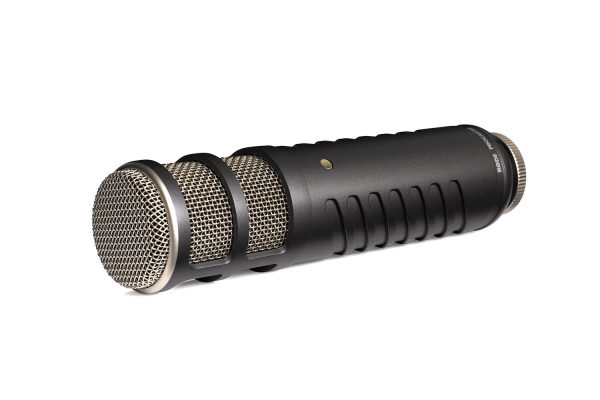
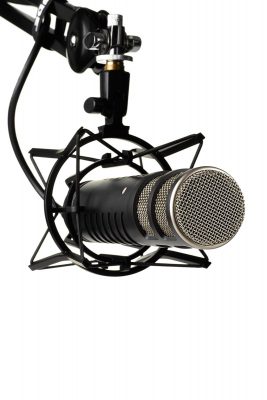
Rode Procaster Key Features
- Tailored for Vocal Capturing
- Cardioid Polar Pattern
- Internal Shock Mounting
- Internal Pop Filter
- All-Metal Construction
Rode Procaster In The Box
- Procaster Broadcast Quality Dynamic Microphone
- RM2 Ring-Mount Microphone Stand
- ZP1 Padded Zip Pouch
PROCASTER SPECIFICATIONS
| Acoustic Principle | Dynamic |
| Polar Pattern | |
| Address Type | End |
| Frequency Range | 75Hz – 18kHz |
| Output Impedance | 320Ω |
| Sensitivity | -56.0dB re 1 Volt/Pascal (1.60mV @ 94 dB SPL) +/- 2 dB @ 1kHz |
| Weight | 745.00g |
| Dimensions | 214.00mmH x 53.00mmW x 53.00mmD |
| Output |  |
SUPPORT
Procaster
EC Certificate of Conformity
- To connect the XLR microphone output to a TRS stereo input (3.5mm socket) you will need to buy or make a XLR to stereo TRS cable, to make the cable please follow the instructions in the picture below. This cable will allow connection between the microphone and a camcorder or DSLR camera.
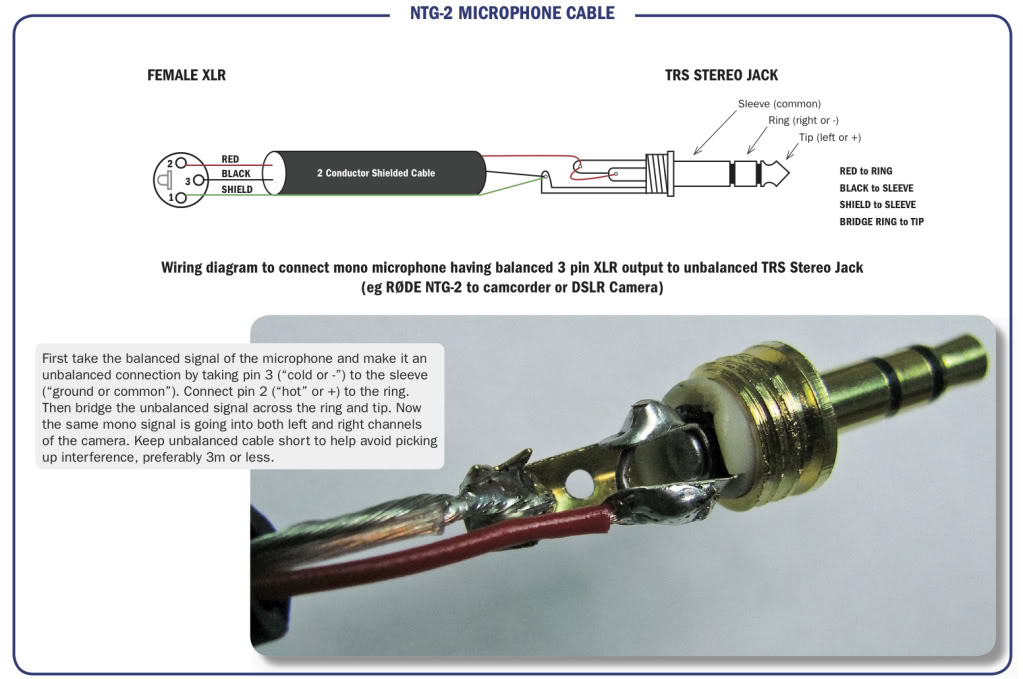
This cable will allow you to connect your microphone output to a stereo TRS input and receive the audio signal on both the input channels.
Please Note: Should the microphone require phantom power to operate, this will not be available from a TRS socket.
- No, whilst these mics do not require phantom power, microphones are built to cope with being fed phantom power and this will not damage the equipment. It is however advised that when possible, to turn off phantom power when not in use.

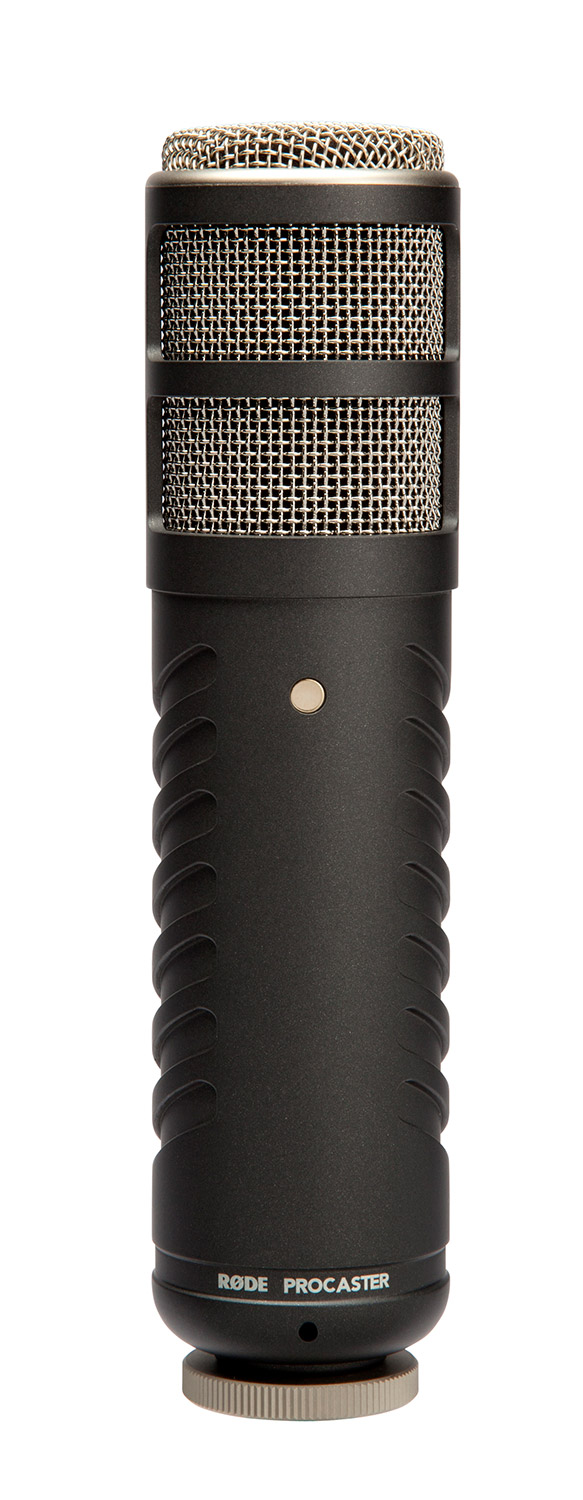
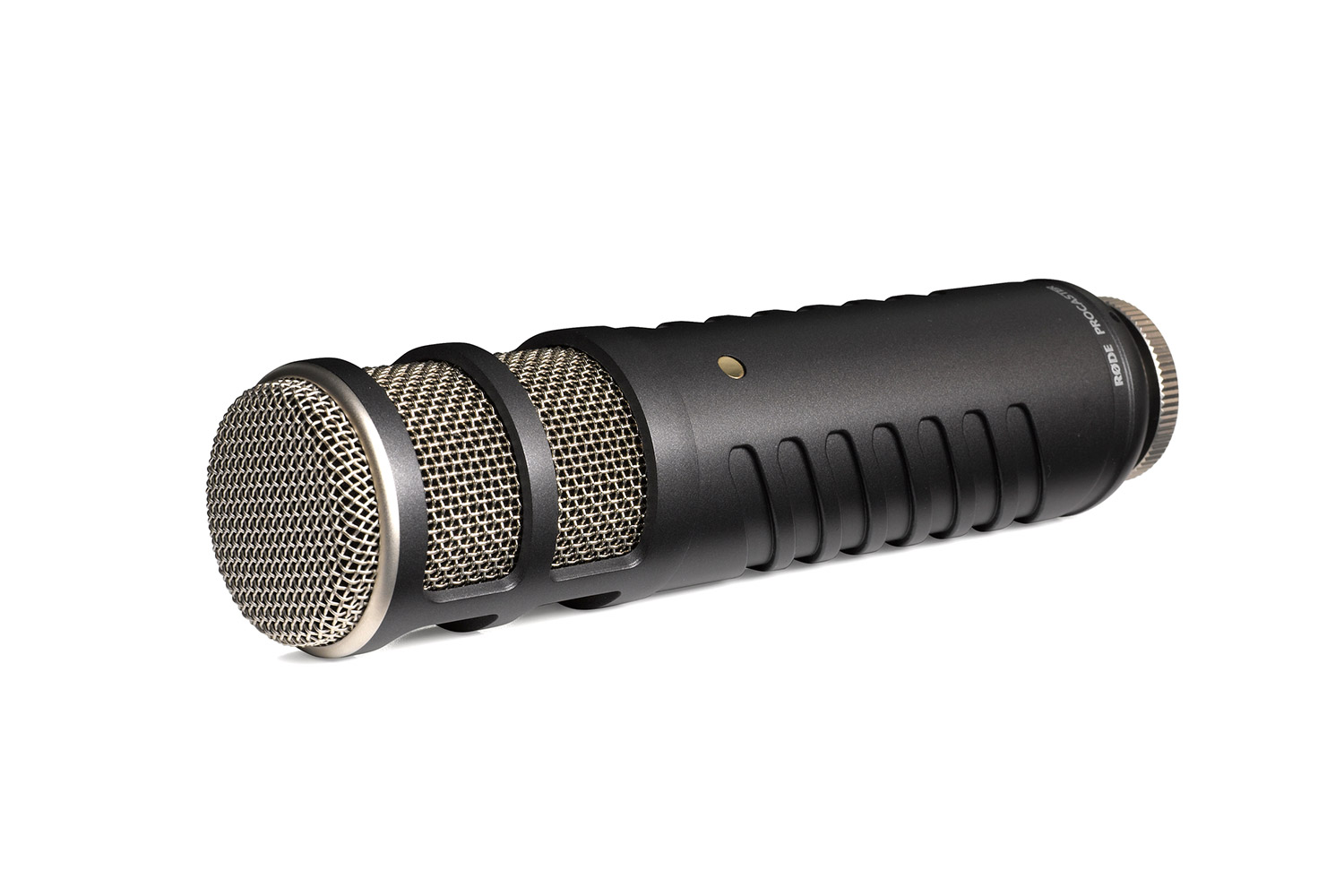
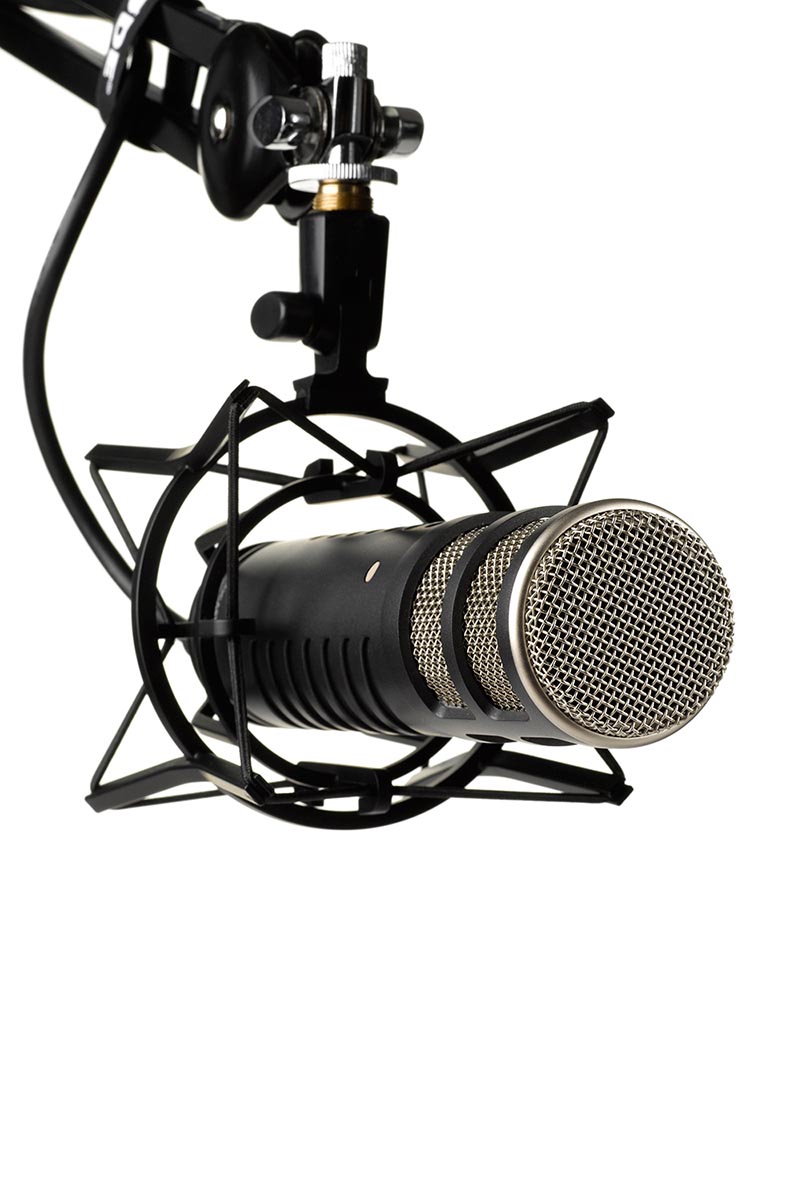
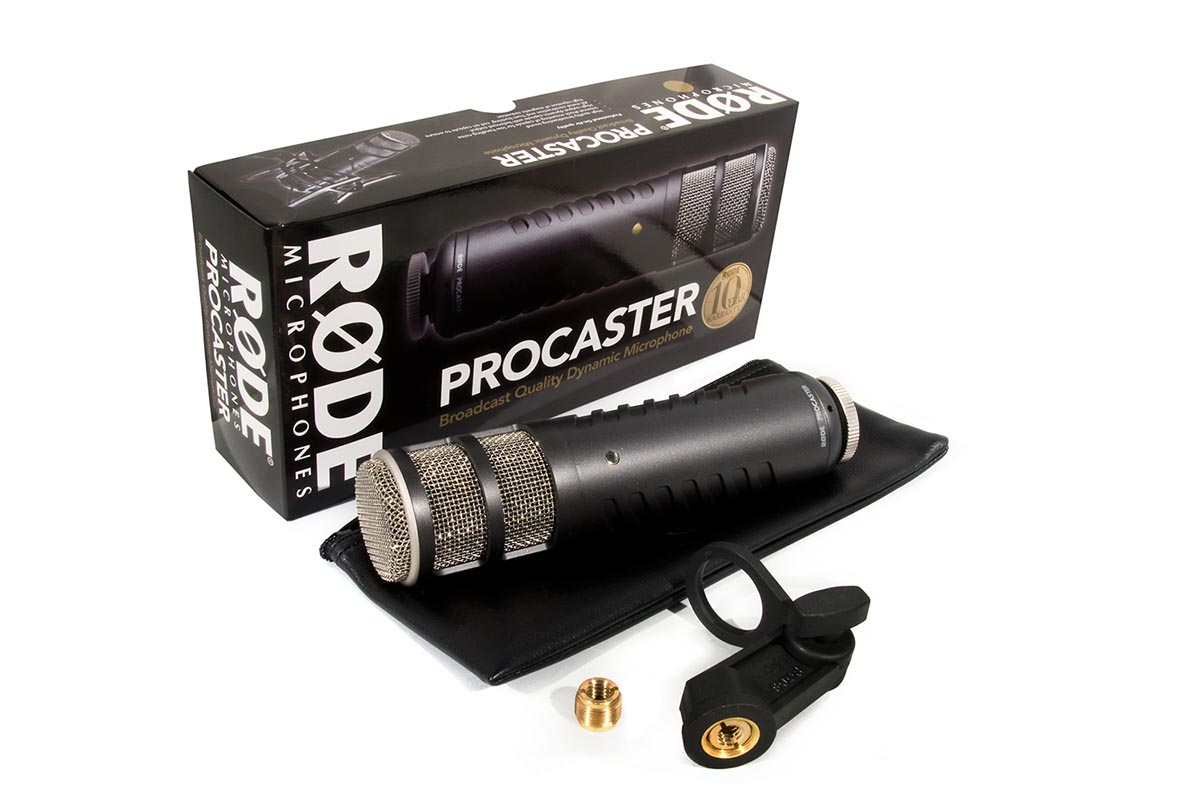
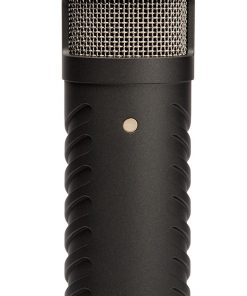

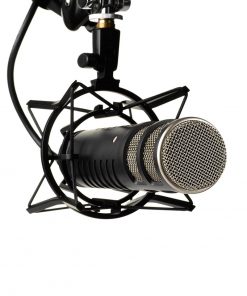
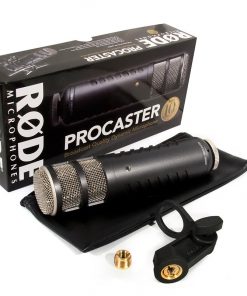
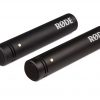

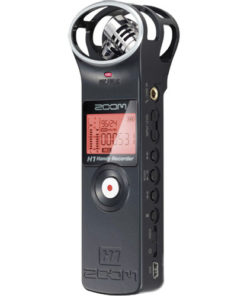

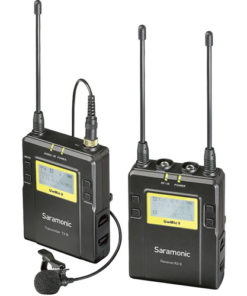
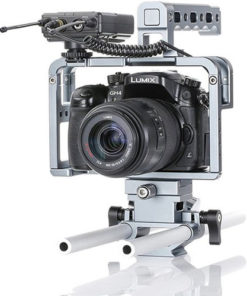
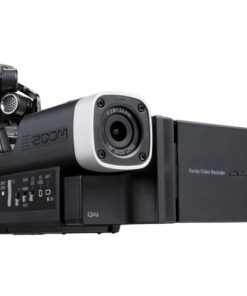

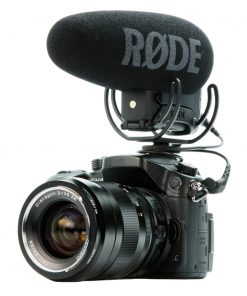
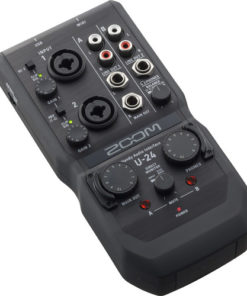
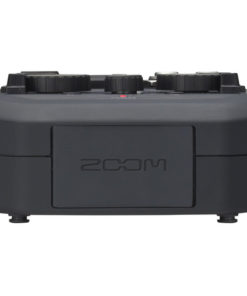
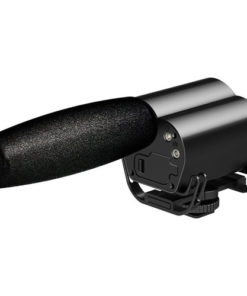
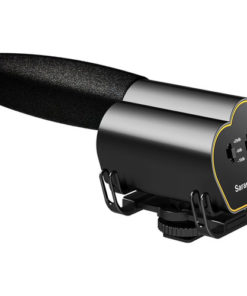
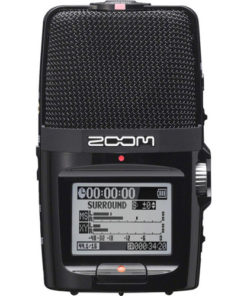

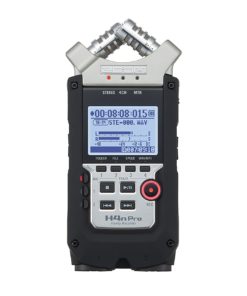
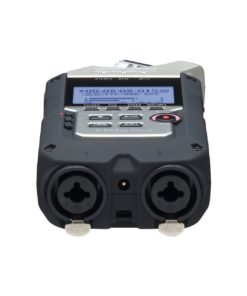
Reviews
There are no reviews yet.